|
|
||||||||||
|
|
|
|
|
||||||||||||||||||||||||
|
To help with the project Levy and O’Connell went out and hired a programmer, Mike Johnson. They had discovered Johnson’s programming talents at the 1st Personal Computer World Microcomputer Chess Championships (PCW-MCC) held in London in September 1978. Johnson’s program Mike had won the tournament after a play-off with Boris, a commercially available chess computer released at the beginning of the year. The hardware used by Mike (also known as M6800 Chess) was a Motorola 6800 8-bit cpu running at 1 MHz, with 16KB of memory and the program loaded by cassette recorder. Full tournament report here (link). |
|||||||||||||
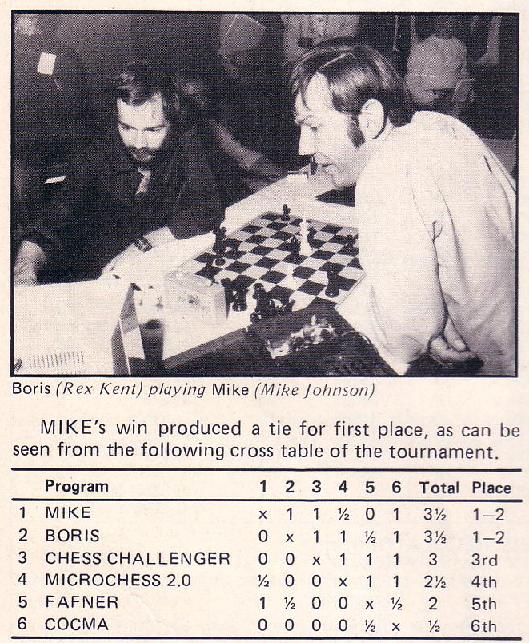 |
|||||||||||||
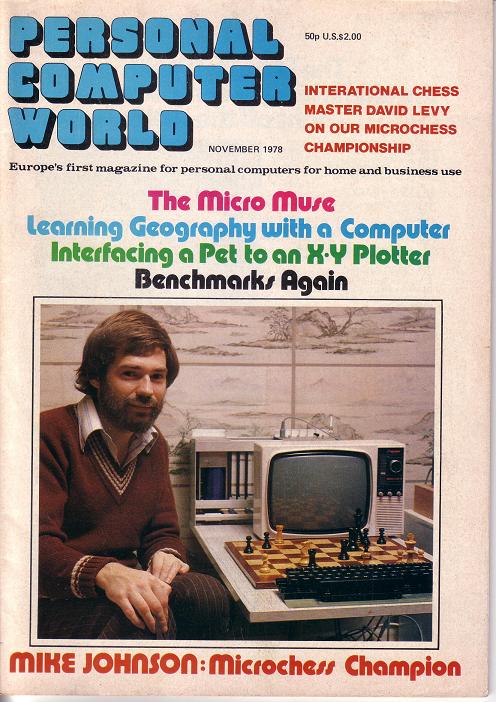 |
|||||||||||||
|
Mike, the chess program, followed up with a creditable performance against tough opposition at the North American Computer Chess Championships held in Washington in December 1978. There it achieved three draws and was only beaten by World Champion in waiting Belle running on a mainframe. In the photo (below left) Mike is seen fighting out a draw with Sargon 2.0 in a rather unconventional Centre Game/King’s Gambit Declined. Kathe Spracklen writes down the last unlikely move and Mike Johnson sees the funny side of it. |
|||||||||||||
|
Information on the early tournaments, which were so influential in the first few years of chess computers can be found on the ICGA website www.icga.org, on the old Dutch CSVN website, and on Computerschaak. |
|||||||||||||
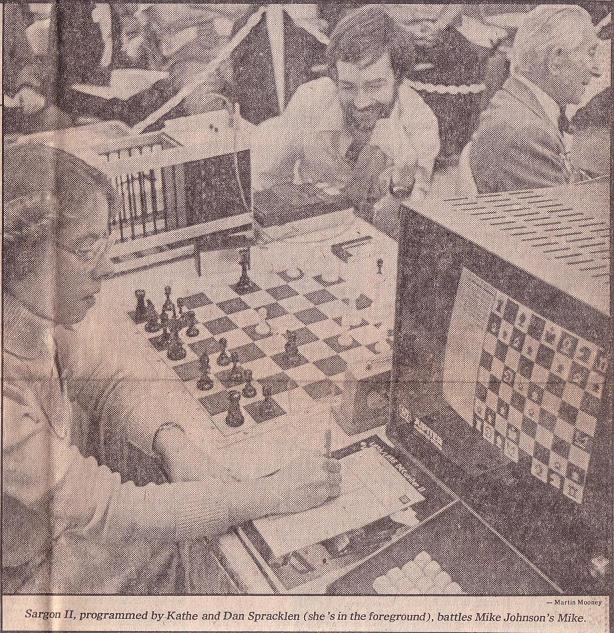 |
|||||||||||||
|
PCW tournaments were to provide Levy and O’Connell with a fertile recruiting ground for proven chess programmers. For the time being though other avenues were explored. At the bottom of his article entitled ‘Chess Programming: Before You Begin’ published in the May 1979 edition of Personal Computer World, David Levy added an advertisement for programmers. At this point the Philidor Software company was born. |
|||||||||||||
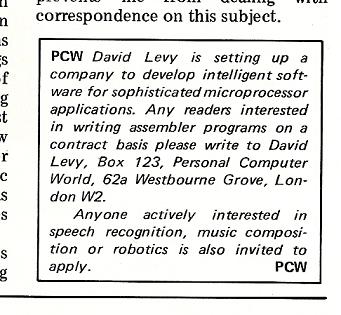 |
|||||||||||||
|
|
||||||||||||||||||||||||||||||||||||||||
|
|
|
|
||||||||||||||||||||
|
|
|
|
|
Perhaps the Mark V would have sold well anyway but it’s initial success was assured by winning the commercial group at the 2nd World Microcomputer Chess Championships held at Travemunde, Hamburg in September 1981. Whilst there was only a small number of chess computers competing four of the five main players - Fidelity, Novag, SciSys and Applied Concepts - were there, meeting each other four times each. Despite sour grapes from some quarters, with the Mark V losing to the Champion Sensory Challenger 1.5 - 2.5, the Mark V was a worthy winner overall. |
 |
 |
|
|
|
|
||||||||||||||||||||
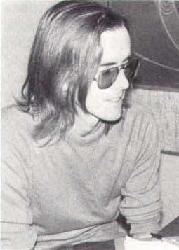 |
|||||||||
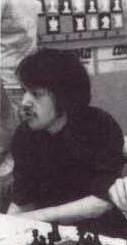 |
|||||||||
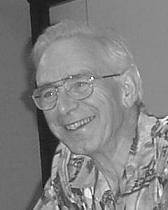 |
|||||||||
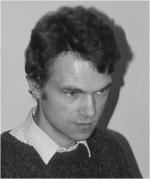 |
|||||||||
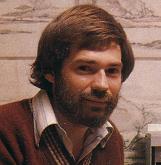 |
|||||||||
|
The Intelligent Software chess programmers - Martin Bryant, Richard Lang, Mike Johnson, David Broughton and Mark Taylor |
|
|
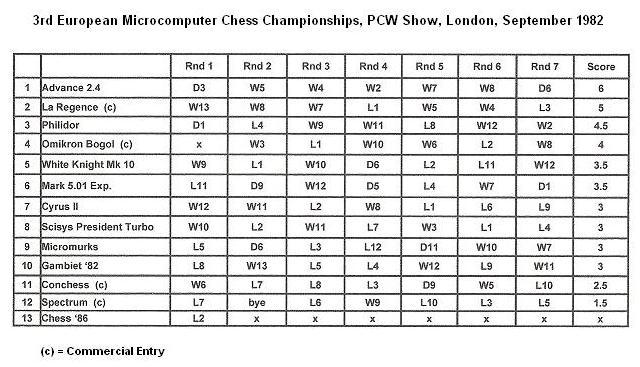 |
||
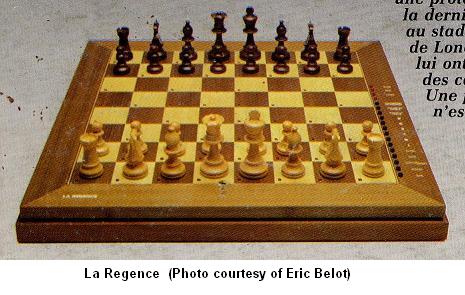 |
||
|
|
|
|
|
|
|
|
|
|
||||||||||||||||||||||||||||||||
|
|
|
|
||||||||||||||||||||
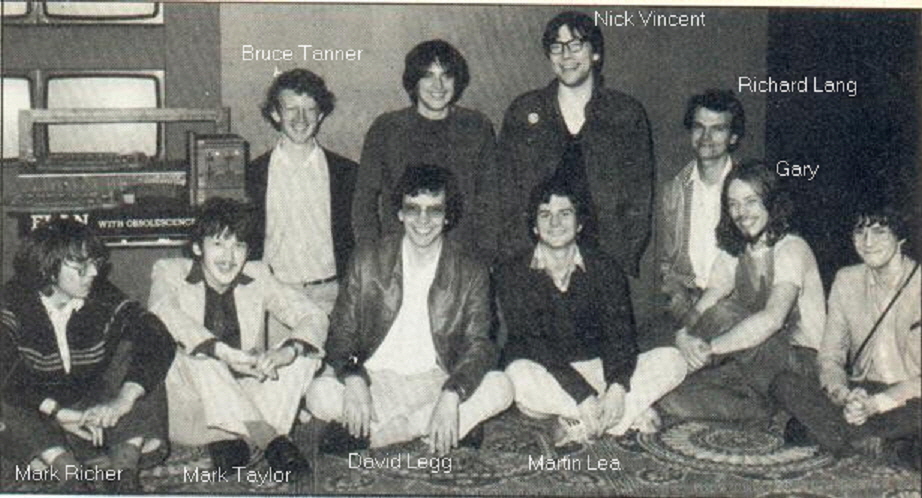 |
|
Much of Intelligent Software’s resources appear to have gone into the Enterprise project and when the commissioning company defaulted on a very large payment in 1986 Intelligent Software closed down. Despite this major setback it was by no means the end of the British contribution to chess computer manufacture and software. |
|
|
|
|
|
|
|
|
|
Newcrest Technology went bankrupt in 1991, following the collapse of the BCCI bank, but Eric White was soon involved once again with chess computer manufacture and marketing, through a company called Krypton Ltd, then Timorite Ltd, and subsequently other Hong Kong companies, with Levy as the source of his programs. Chess computers were designed in Hong Kong, manufactured in China, and then marketed under various brand names including Krypton, Schneider and Systema. In 1998 in partnership with Tiger Toys they produced the Tiger Grenadier and Tiger Voice Master. Chess computers were also manufactured for Excalibur and Millennium. Levy was the source of programs for all these cheaper models, using Sunplus (now Generalplus) 8-bit chips. |
|
|
|
Postscript |
|||